Did you know you can make fresh Italian cheese at home in under an hour with only three ingredients? Homemade ricotta cheese is easy to make and results in the creamiest cheese perfect for easy appetizers, Italian pasta dishes and sweet cheese desserts!
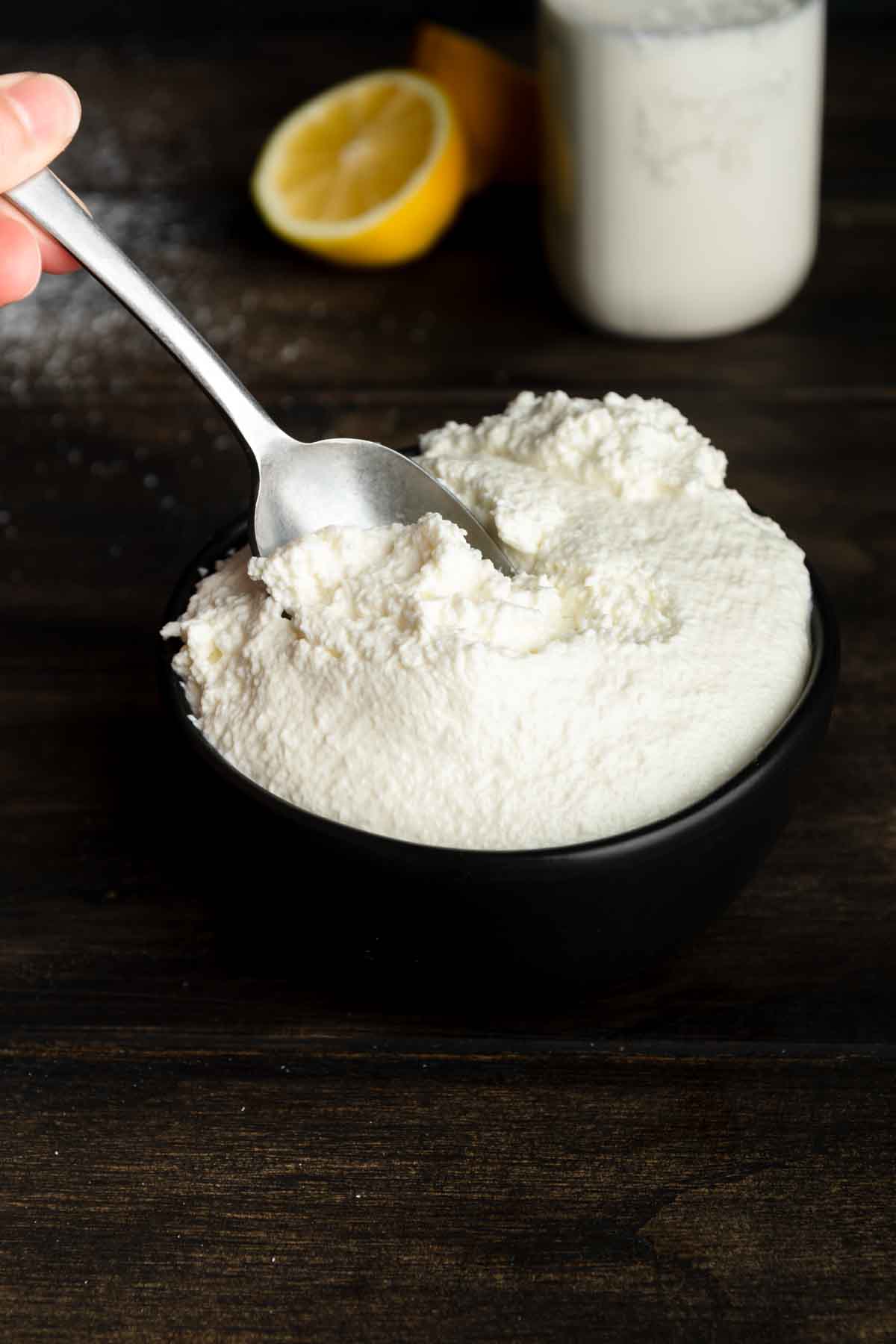
This step by step guide for making homemade ricotta cheese will have you wondering if you can ever settle for store-bought again. We use this recipe for sweet and savory ricotta recipes like our Homemade Cheese Ravioli, Whipped Ricotta Crostini and Italian desserts like Ricotta Pie and homemade cannolis!
What is Ricotta?
Ricotta is a fresh Italian cheese. Traditionally, ricotta (meaning "recooked") is made from recooking the whey leftover from other cheese production. For this homemade cheese recipe, ricotta is made from acidifying a cooked milk.
Adding acidity (in this case vinegar, lemon juice or citric acid) to the milk causes the dairy to curdle and separate into curds and whey. The liquid whey is strained off leaving delicate curds of fresh ricotta cheese.
Ricotta cheese has a creamy consistency and a lightly sweet mild flavor. It is commonly used in both sweet and savory recipes throughout Italy and worldwide.
Most commonly, ricotta is enjoyed fresh and used in recipes as a soft, mild, un-aged cheese. In some cases ricotta is aged for up to one year or preserved through pressing and salting (ricotta salata), smoking or oven baking (ricotta al forno).
Ingredients
All you need to make ricotta is milk, salt and some form of acid (usually lemon juice or vinegar).
When I make ricotta, I like to substitute a portion of the milk with heavy cream for an extra rich and decadent consistency.
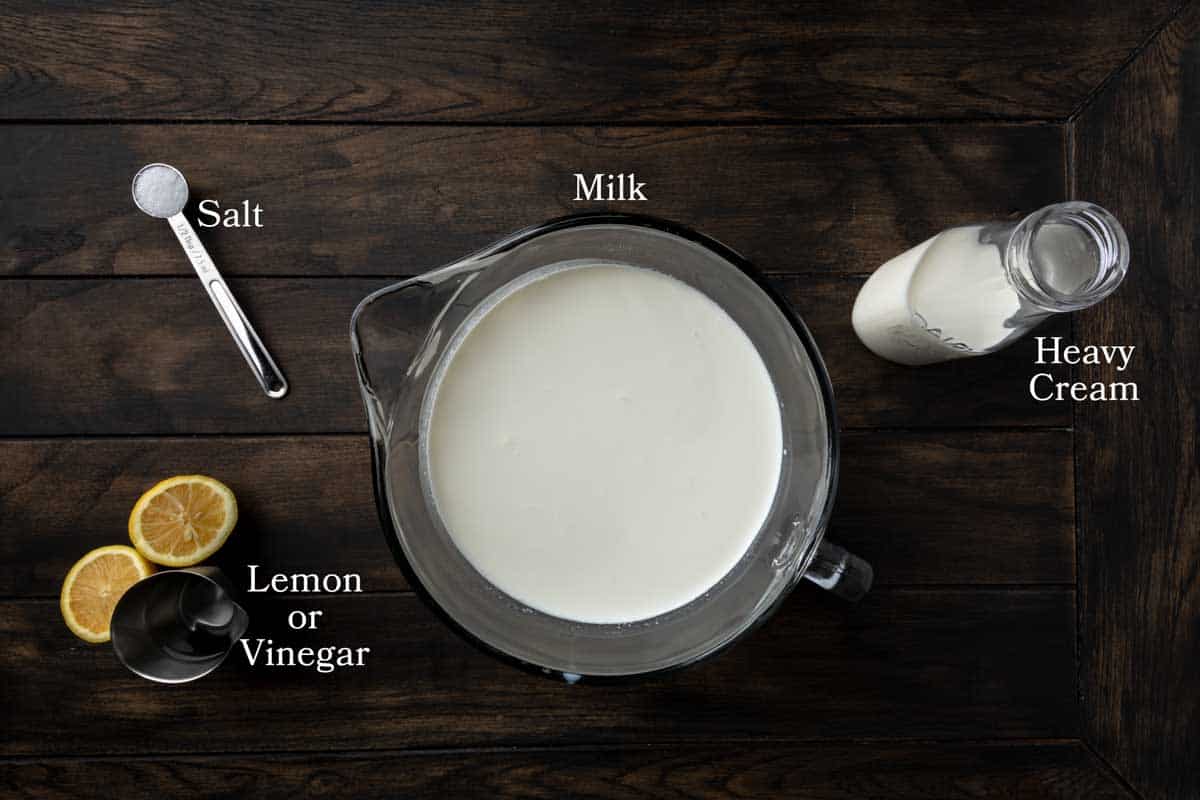
- Milk - You can use almost any type of dairy milk, as long as it isn't ultra-pasteurized. I recommend using whole milk (3.25% fat content). More information on milk below.
- Heavy Cream is optional for extra creamy richness.
- Acid - White vinegar and lemon juice are most common. I will use either depending on what I am making. (Usually vinegar for savory recipes like pasta and lemon for sweet recipe like cannolis and Easter pie.) You can also use a powdered citric acid, found in the canning section of most grocery stores.
- Salt - A touch of salt helps to bring out the flavors of fresh ricotta.
Pro Tip: Making Ricotta With Lemon Juice - Since the acidity of lemons can vary, you may need a little more (or less) lemon juice for each batch of ricotta. The goal is to add just enough acidity to cause coagulation without imparting much acidic flavor. When using lemons to make ricotta, start by adding a lesser amount of juice. When enough acidity is added, the milk will curdle almost immediately. Increase the amount of lemon juice as needed until curds are formed.
You will want to use common grocery store lemons (Lisbon lemons) for this recipe. Other varietals, like Meyer lemons, do not have the high acidic content required for making ricotta.
What Type of Milk Is Needed for Homemade Ricotta?
Homemade ricotta can be made with most types of dairy milk. The most important factor is that you do NOT use ultra-pasteurized, ultra-high temperature milk or organic milk. Ultra-pasteurized milk (often labeled UHT milk) will not work for this recipe. All organic milk is pasteurized at ultra-high temperatures and will not work for this recipe.
Since milk is the main ingredient for this recipe, I recommend using the highest quality milk you can find (that is NOT organic). Farm fresh milk is ideal for making this recipe.
Ricotta cheese can be made from most dairy milk including:
- cow's milk
- sheep's milk
- goat's milk
- buffalo's milk
What Fat Percentage Milk Should I Use for Ricotta?
For creamy and spreadable ricotta, I recommend making this recipe with whole milk (3.25% fat). The additional fat content produces a fresh cheese that is richly textured and irresistibly creamy.
For an even richer and creamier ricotta, I like to substitute a portion of the dairy for heavy cream.
If preferred, you are certainly welcome to make this recipe with a 1% or 2% milk but I will warn you that the lower the fat content, the drier and grainer the cheese. I do not recommend making this recipe with skim (.1 - .3%) milk.
Equipment
This recipe is easy to make and doesn't require much special equipment. Here's what you will need:
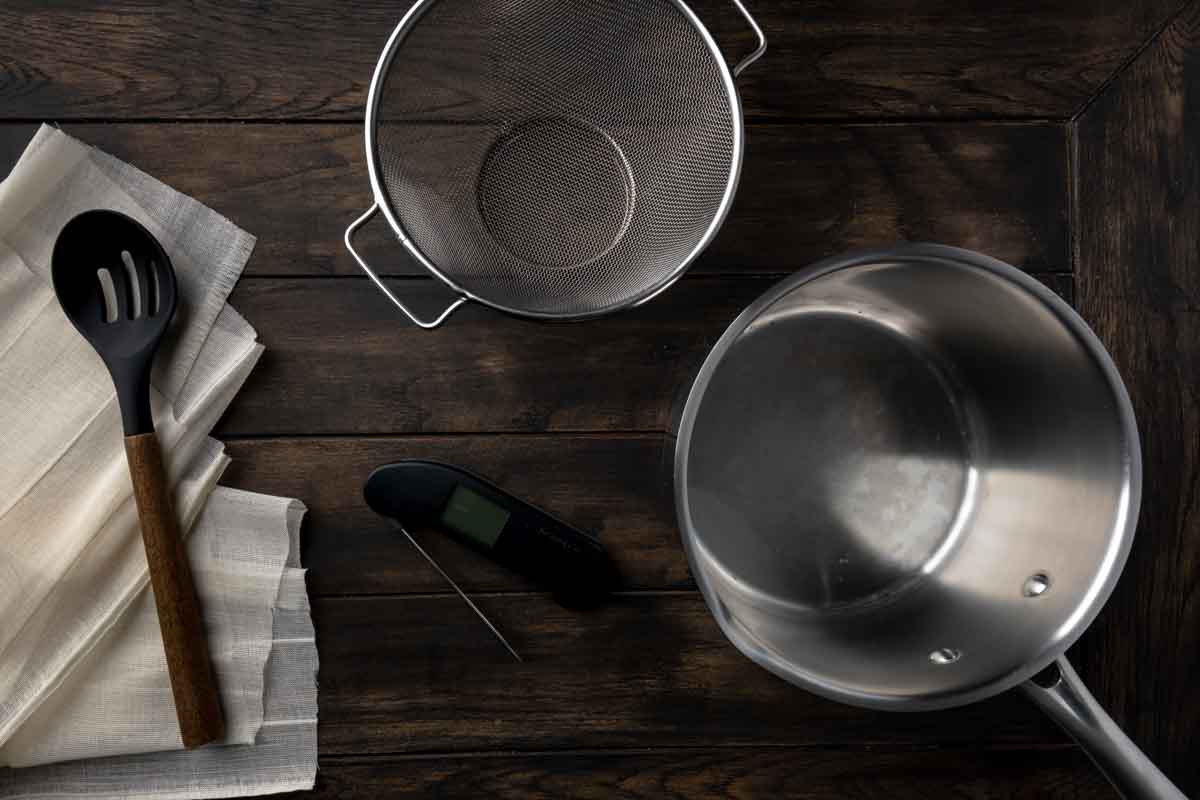
- large, non-reactive pot with a lid (We use stainless steel)
- instant read thermometer (I recommend this Thermoworks One thermometer for the quickest, most-accurate reading.)
- cheesecloth
- non-reactive strainer or colander
- slotted spoon
How To Make Ricotta at Home
1. In a large non-reactive pot, bring milk and salt (and cream, if using) to a temperature of 185° degrees Fahrenheit.
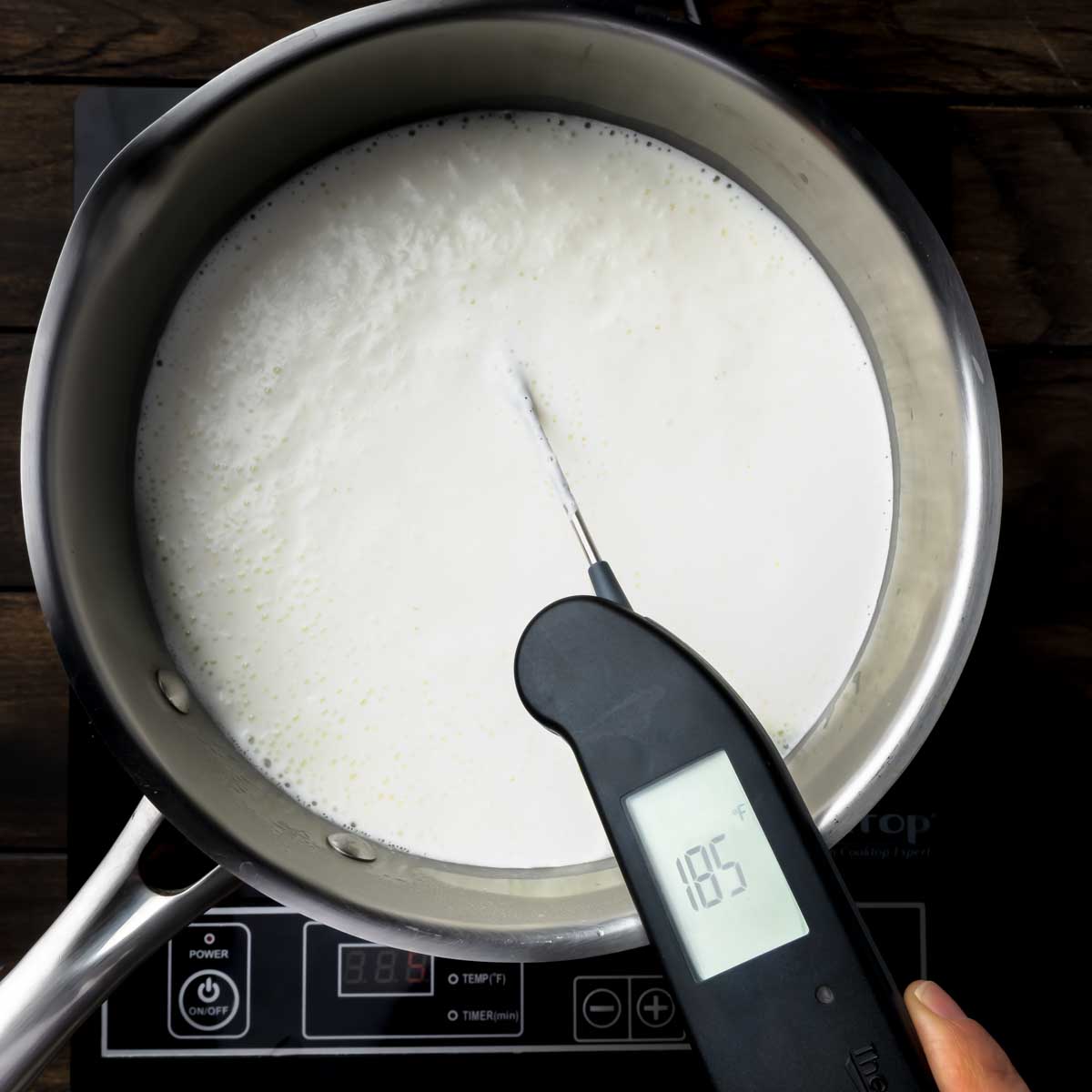
2. Add in the vinegar or lemon juice and stir once until the dairy separates into curds and whey. (If using lemon juice, you may need to add additional juice, until coagulated.)
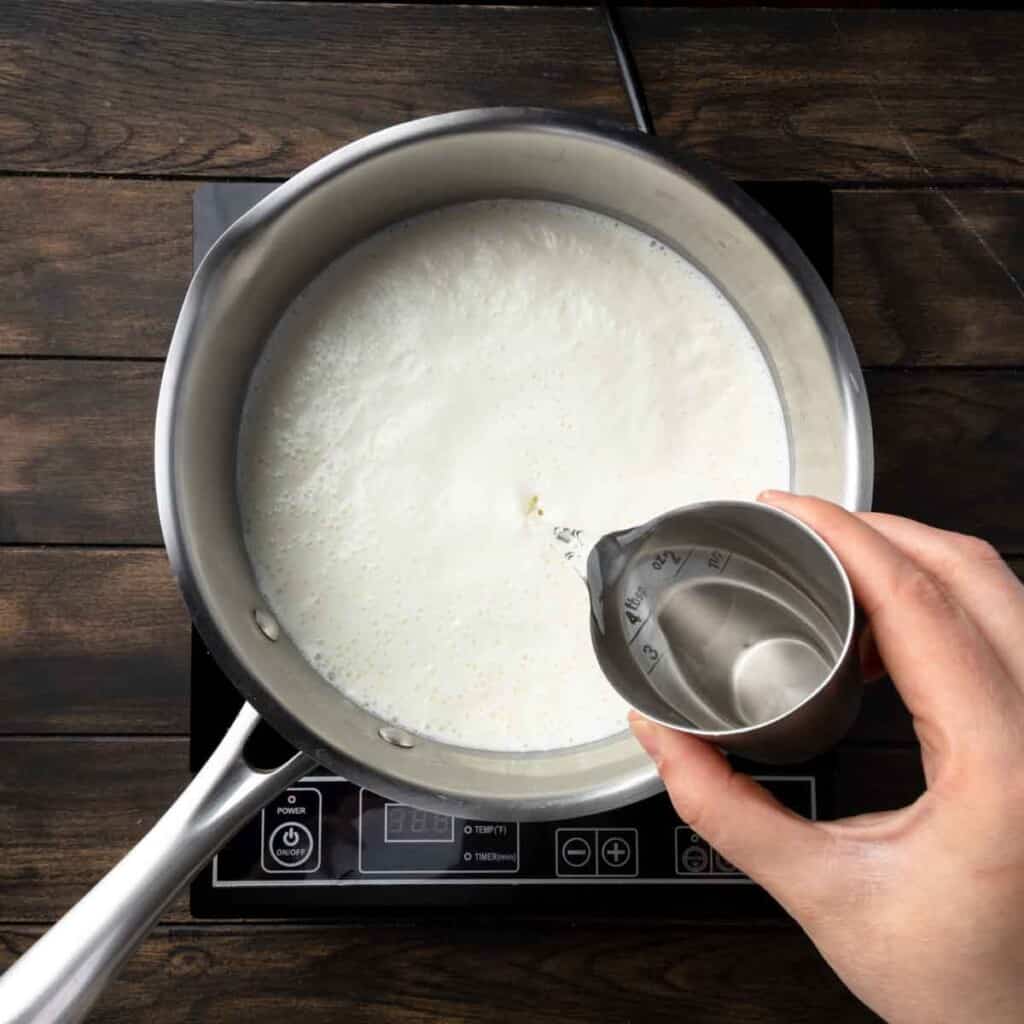
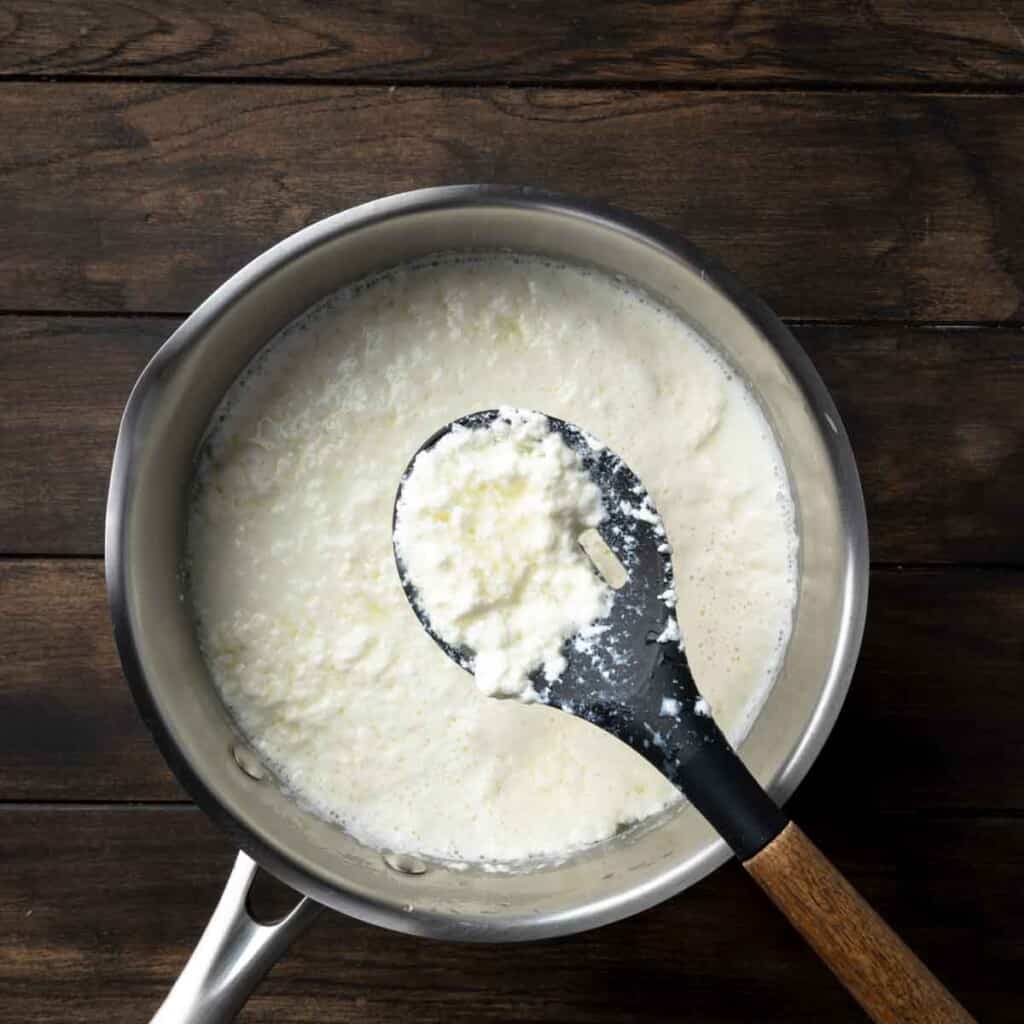
3. Cover the pot and remove from the heat. Allow to rest for 20 minutes. In the meantime, set up a straining station. Place a few layers of damp cheesecloth over a fine mesh strainer. If you'd like, you can save the whey to use in other recipes (or even make more ricotta!)
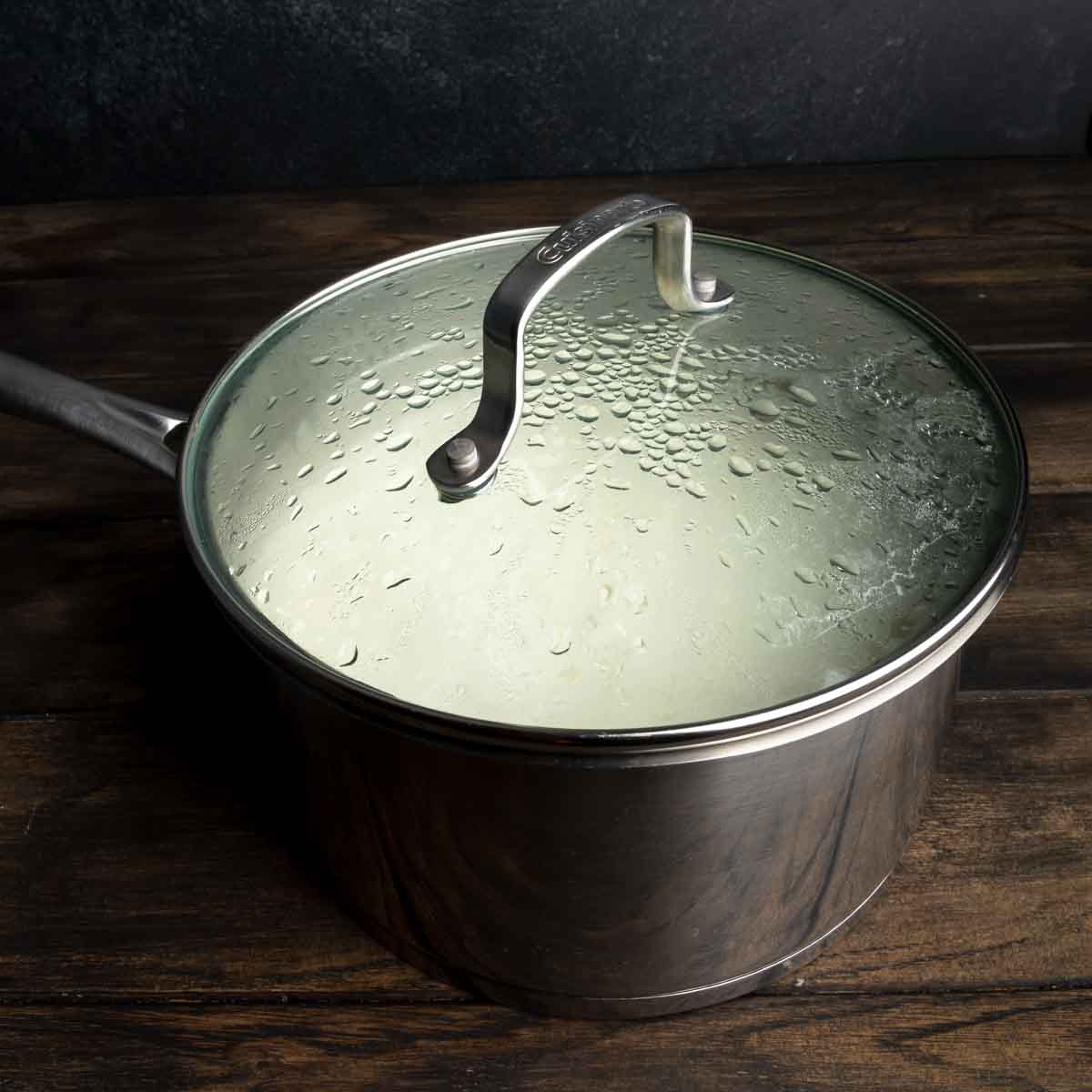
5. Ladle the ricotta cheese curds into the cheesecloth and allow to drain for 5 - 20 minutes. Ricotta that is briefly drained will have a looser consistency (like cottage cheese). Longer draining will make a drier, firmer ricotta that is ideal for stuffed pastas and lasagnas. Be careful not to drain too much moisture, which will result in a chalky, unappetizing texture.
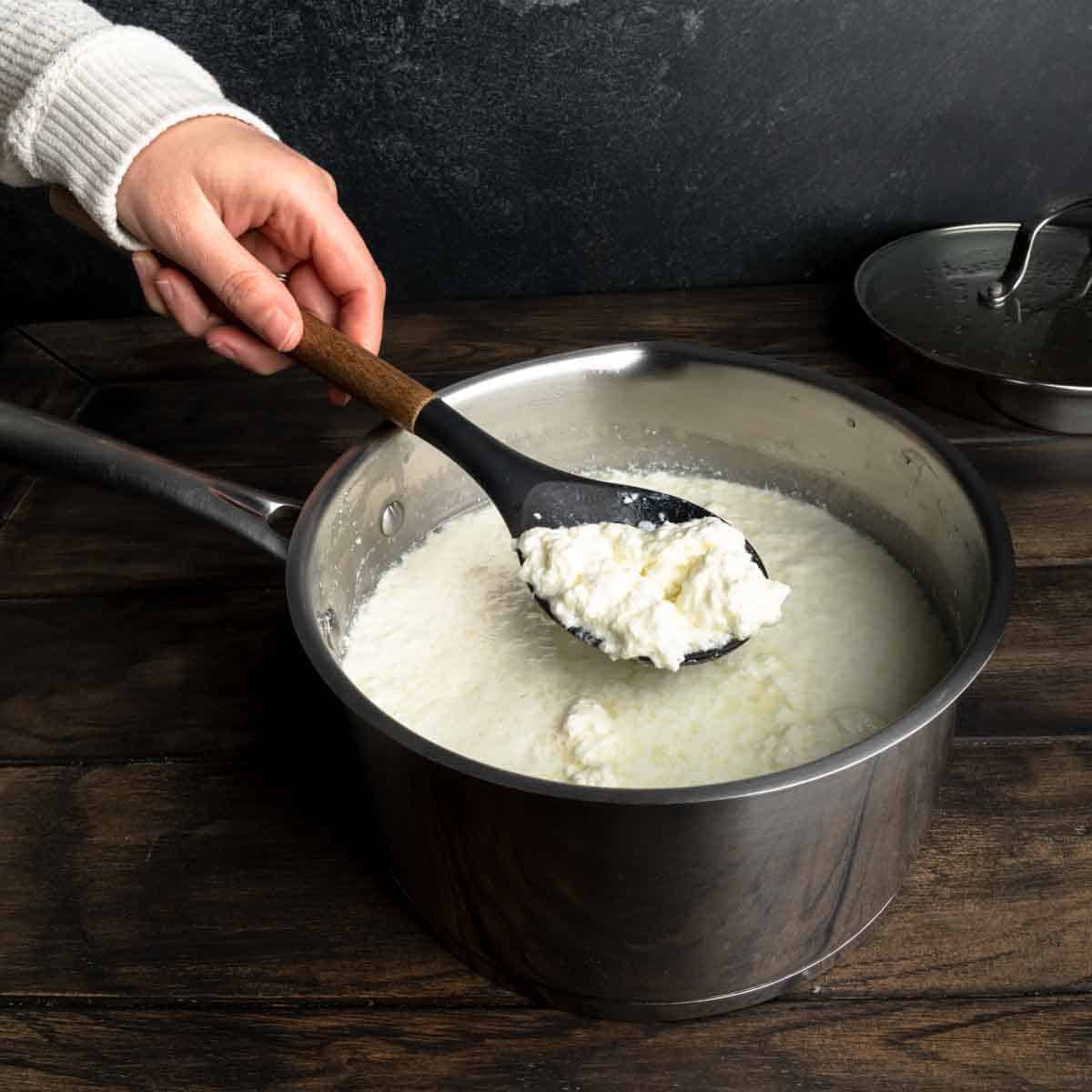
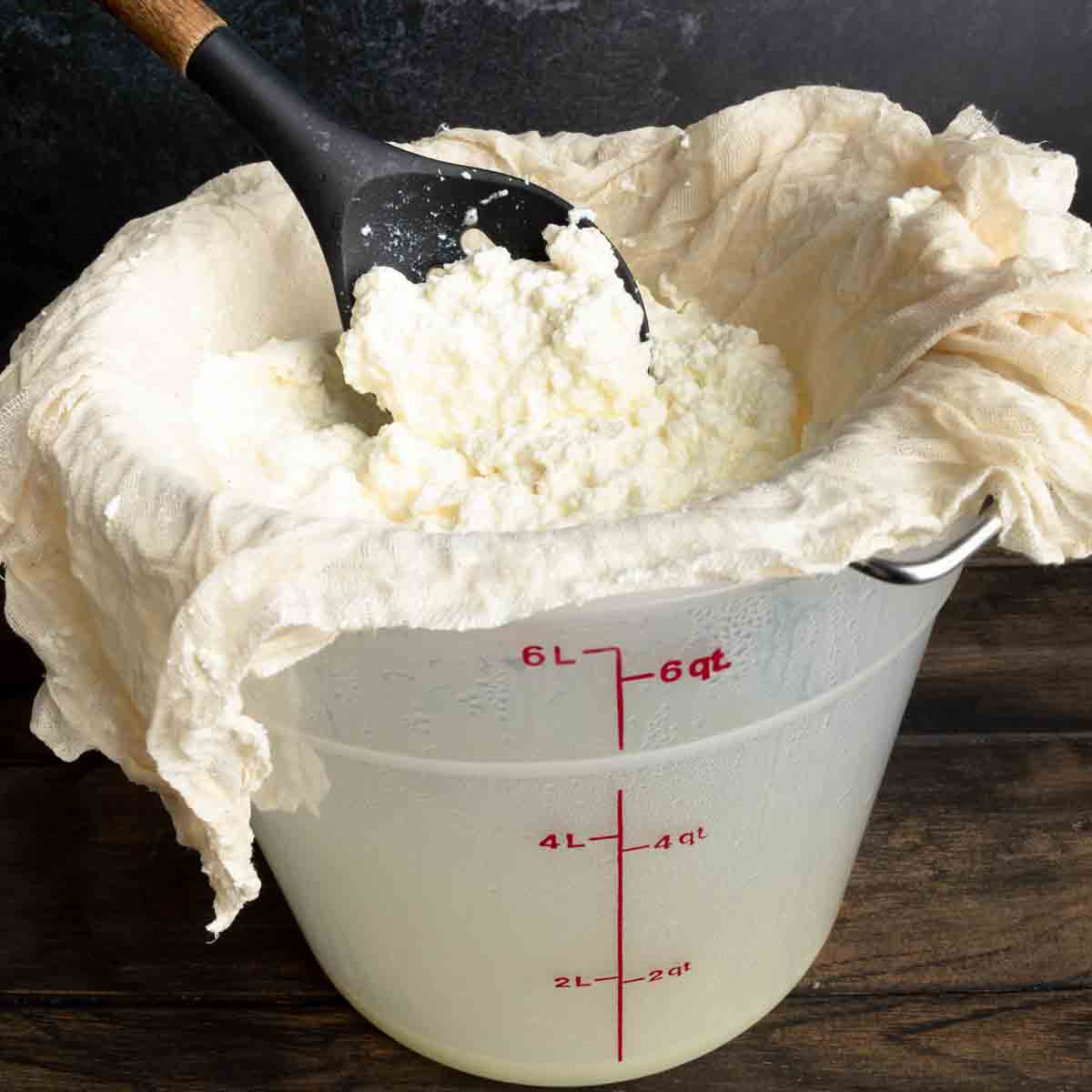
Saving & Storing
Fresh ricotta cheese can be stored in an air-tight container in the refrigerator for up to 7 - 10 days.
I do not recommend freezing ricotta. Since ricotta has a high moisture content, freezing will cause a significant change to the texture. That being said, it is perfectly safe to freeze, if necessary.
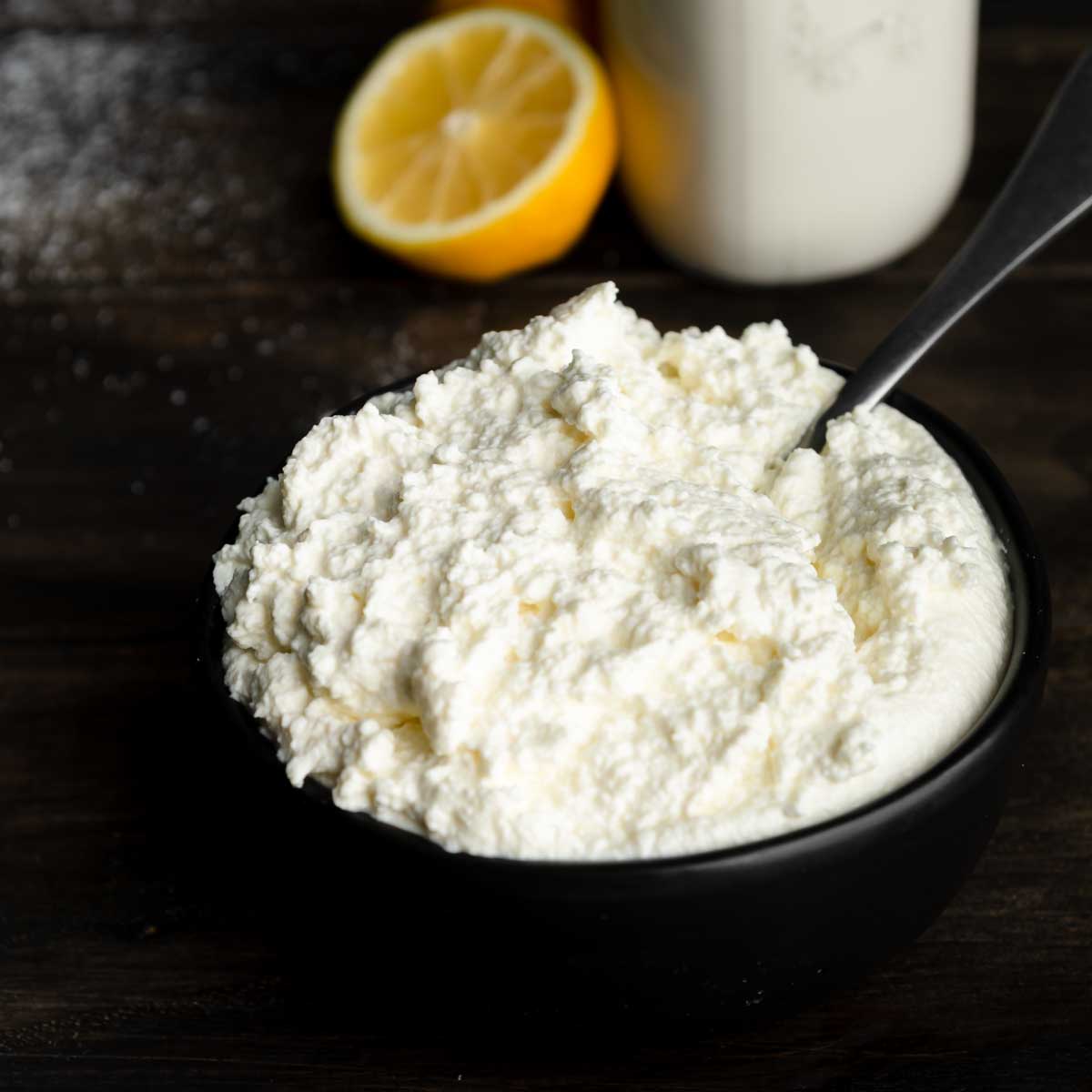
What To Do With Whey
Whey is the liquid milk protein that is a byproduct from cheese making. This cloudy yellowish liquid has a tangy lactic flavor can be used in various other recipes. You can even make more ricotta from it, although you will need a lot of whey!
There are a couple types of whey. Leftover from this recipe you will have a lightly-salted acidic whey. This type of whey can be used interchangeably for water in soups, stews and most baked goods.
You can also use it so acidify the soil in your garden or (in small portions) this style of whey can also be added to animal diets. The Italian pigs love it, and your dog will, too (but ask your vet first)!
Here are a few of our favorite recipes using acid whey:
- Pantry Mama's Whey Sourdough Bread
- King Arthur's Whey Pancakes
- Searching for Spice's Potato and Roasted Garlic Soup
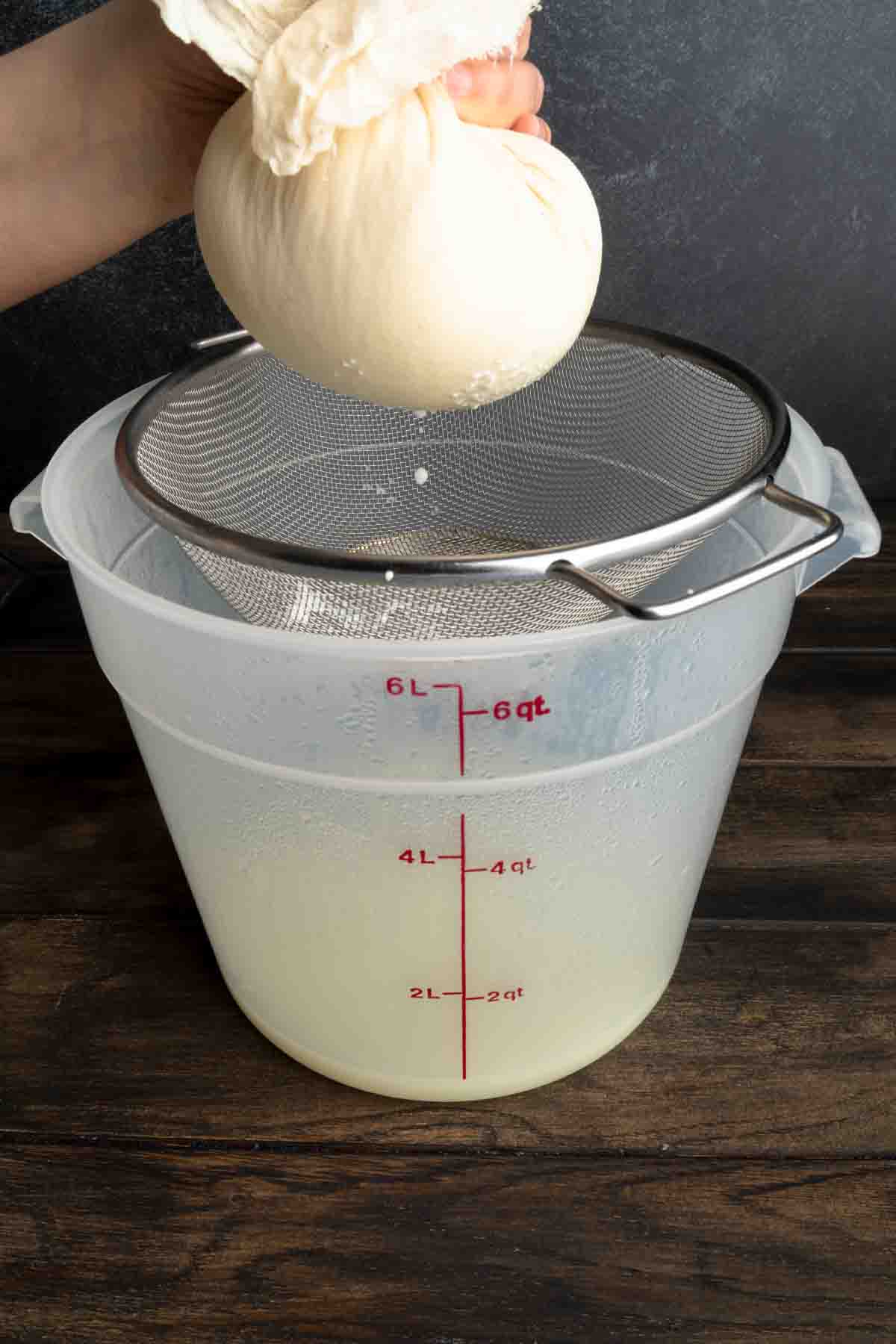
Pro Tip: Leftover Whey - In some cases, you may notice that your whey has a murky, creamy color from some of the unstrained lactose. Refrigerate the whey overnight and the white dairy will float. Skim it off to be left with a clarified acid whey. (It should have a clear but yellow-ish color.)
Frequently Asked Questions
No, not technically! Ricotta is a dairy by-product that is technically referred to as a latticino (mozzarella is another example of a lattacino). Today ricotta and and mozzarella are commonly referred to as "whey cheeses".
Yes and no. Traditional Italian ricotta (made from whey) is a by-product of other cheese making. Homemade ricotta (made from acidifying milk) is a style of fresh farmer's cheese that is similar in production to cottage cheese.
Generally speaking, ricotta tends to have a finer curd, and creamier texture. Cottage cheese often has larger curds, a lumpier texture and often has additional cream added to the curds to create a wetter product.
In many savory recipes, ricotta and cottage cheese can be used interchangeably.
A half gallon of milk will produce about 1 pound of homemade ricotta cheese.
A tough or rubbery texture is usually the result of over-stirring the acidified milk. One the acid has been added to the heated milk, stir only once to evenly distribute. Then, stop stirring and leave the mixture undisturbed to allow the acid to form fluffy curds.
Tougher curds can also be caused from a lack of fat. I do not recommend using skim milk for homemade ricotta.
Homemade ricotta that does not curdle can be the result of either using ultra-pasteurized milk or not adding enough acidity.
Ultra-pasteurized (UP) milk and ultra-high temperature (UHT) milk (including all organic milk) has been heated to a temperature that destabilizes the proteins and prevents curds from bonding. It cannot be used to make farmhouse cheeses, including ricotta.
Non UP and UHT milk that does not curdle probably just requires a bit more acidity. The key to making a slightly sweet ricotta that curdles and does not taste acidic is adding just enough acidity to curdle the heated milk. If curds do not form, add additional lemon juice (or vinegar) a ½ Tablespoon at a time.
Yes! Ricotta cheese is a great source of protein, calcium and phosphorus. It is a relatively lower-fat and lower-sodium cheese that is healthy to eat in moderation.
Our Favorite Ricotta Recipes
Ricotta cheese is perfect to use for simple party appetizers, lasagna, stuffed pastas ricotta pie, cannolis and more! Here are a few of our favorite homemade ricotta recipes:
Recipe
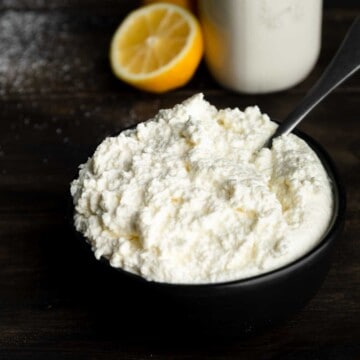
How To Make Homemade Ricotta (Fresh Italian Cheese)
ADJUST SERVINGS
Special Equipment
- 3 Quart Pot (or larger) (non-reactive)
- Instant Read Thermometer (We use a ThermoWorks One)
- Strainer or Colander (non-reactive)
- Cheesecloth
Ingredients
- 2 Quarts dairy milk (cow's, sheep's, goat's or buffalo's milk)** whole (3.25% fat) recommended; NOT ultra-pasteurized or organic**
- ½ Tablespoon fine kosher salt*
- 3 Tablespoons white vinegar OR 2 - 4 Tablespoons lemon juice*** (Note b.) OR 1 teaspoon citric acid
Instructions
- In a non-reactive pot heat milk (and cream**, if using) over medium heat. Stir in salt and heat until the mixture reaches 185 °F (85° celsius) on an instant-read thermometer. (At 185 °F, the milk will be steaming and forming small bubbles around the edges. It takes about 20 minutes.)
- Add in white vinegar (lemon juice***, or citric acid). Stir once until you can see the mixture separating into curds and whey. Stop stirring. Remove from heat, cover and allow to sit for 20 minutes.
- Meanwhile, prepare your straining station. Set a non-reactive strainer (or colander) over a large bowl or container that will allow the whey to drip off of the cheese. Place a few layers of damp cheesecloth in the strainer.
- Use a slotted spoon to ladle the ricotta cheese curds into the cheesecloth-lined strainer. Allow the cheese to strain for 5 - 20 minutes.Briefly strained ricotta will retain some moisture and be more loose and creamy (like cottage cheese). Longer strained ricotta will be drier and more suitable for filled pastas and lasagnas.
Notes
* A Note About Salt
Unless otherwise noted, all recipes on The Sage Apron are developed using Diamond Crystal Kosher salt. It is a great all-purpose salt for cooking and baking. If using table salt, reduce quantities by about half.


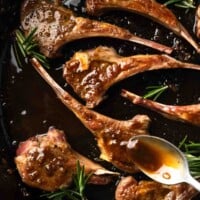
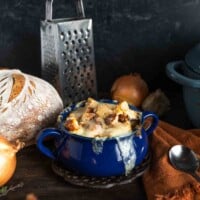
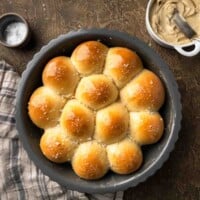
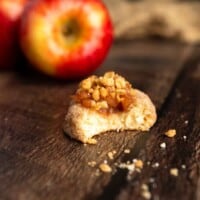
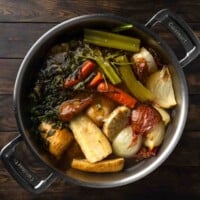
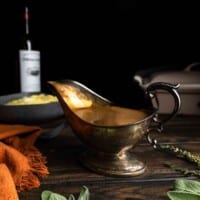
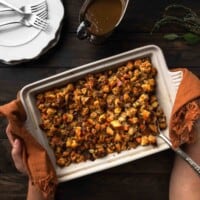

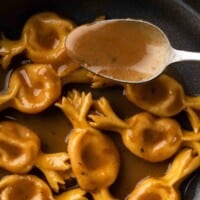

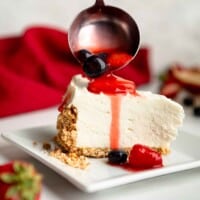


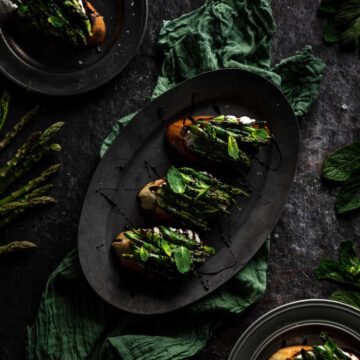
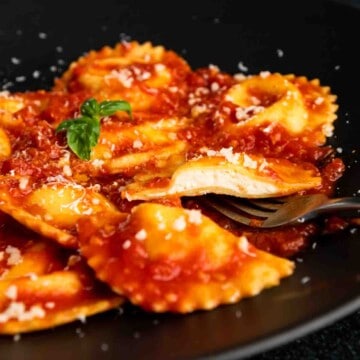

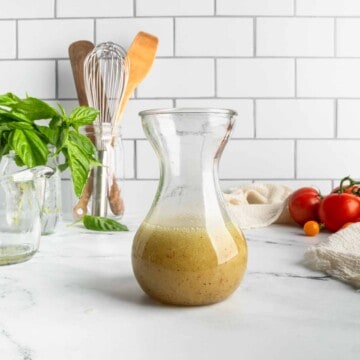
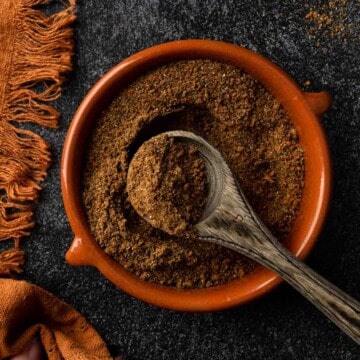
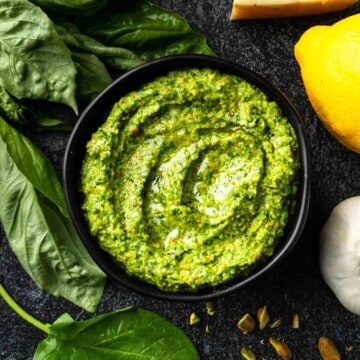
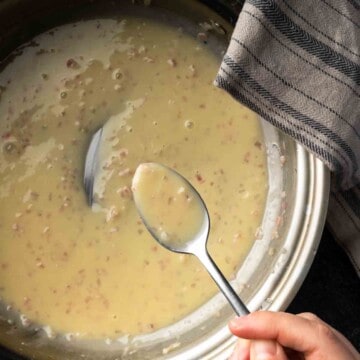
Comments
No Comments